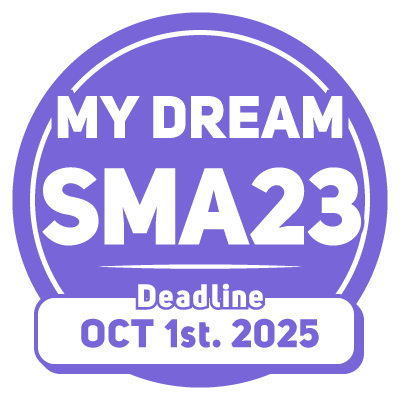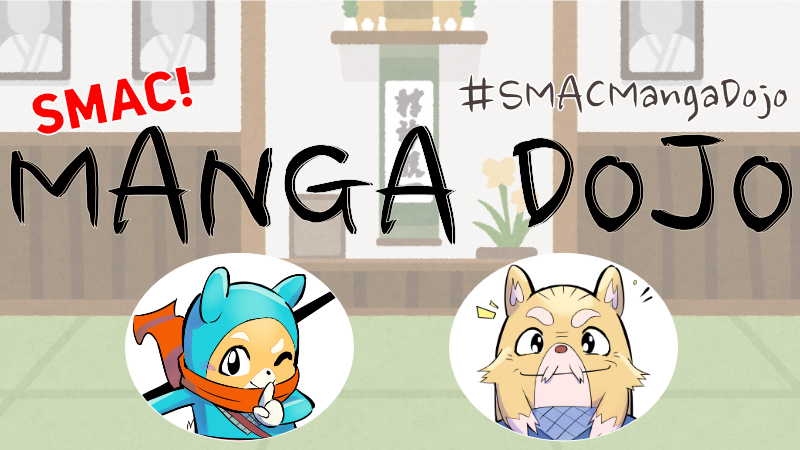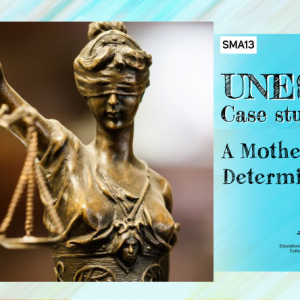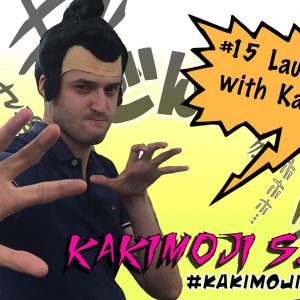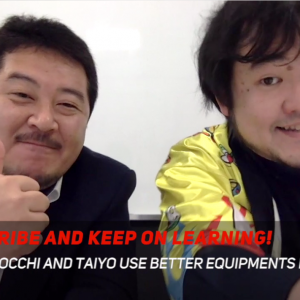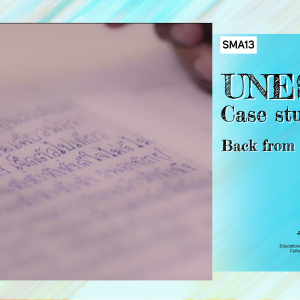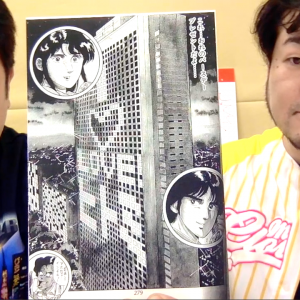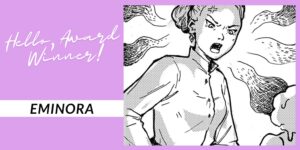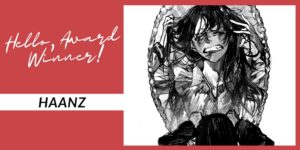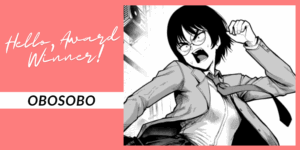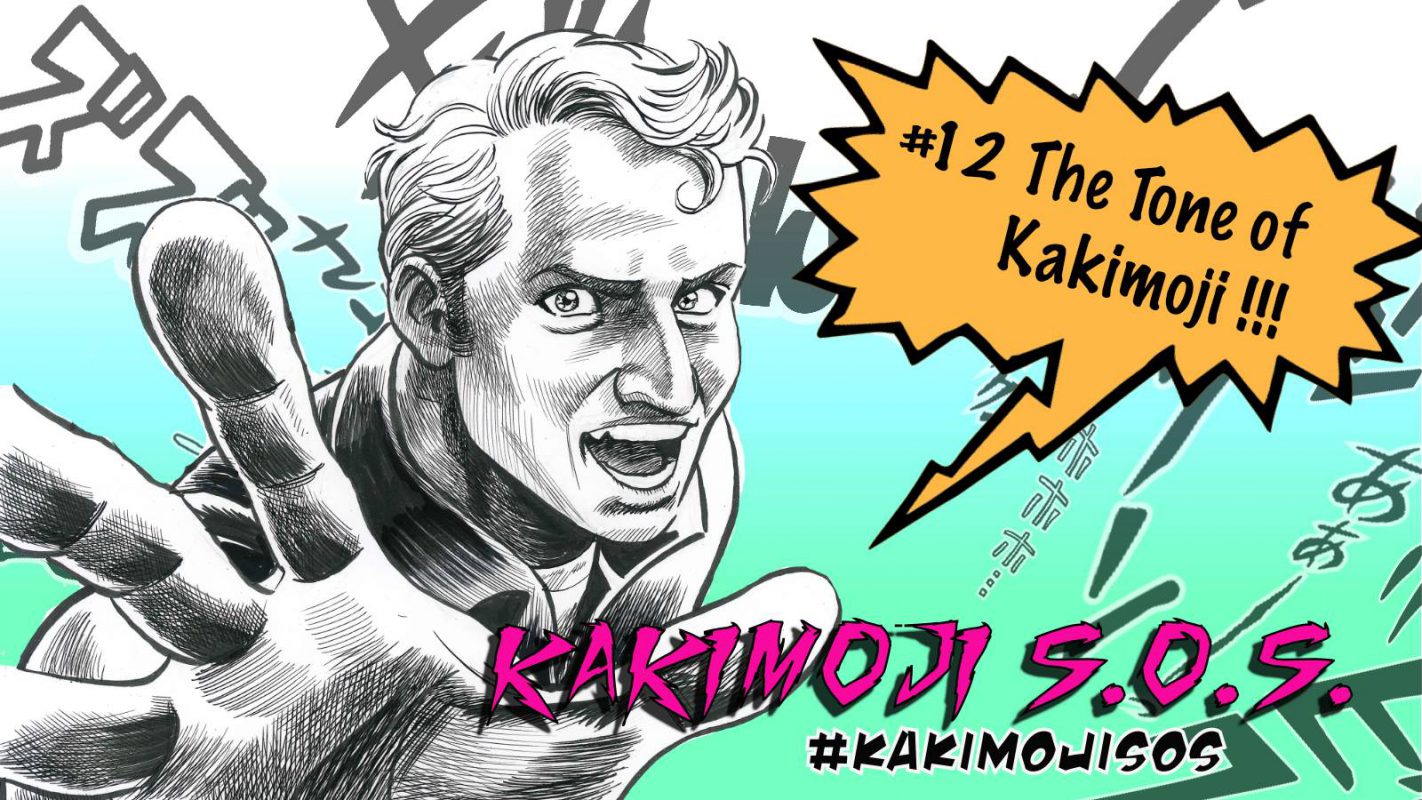
Design is all around us, from the sofa you are sat on, to the machine you’re reading this on.
The aesthetics of the design has as much importance as the function it was designed for and Kakimoji is no different! Today, in addition to analysing the “meaning” of Kakimoji, I will focus mostly on their design and aesthetics in relaying the action, mood and feelings in manga.
The history of Kakimoji is old. Long before manga, Kakimoji was used for posters and advertisements; specifically in the unique design of letters.
In this role, Kakimoji existed before even the Meiji Period (1868-1912)!
Kakimoji on posters and advertisements were used to specifically grab the attention of the passersby and immediately express the atmosphere and intent of the advertisement or support the picture on the poster. In order to do that, designers thought with extreme care, the different kinds of style to use to directly express the intention of the product.

 For example, if we focus on the three characteristic of the “BABAIN“ Kakimoji…
For example, if we focus on the three characteristic of the “BABAIN“ Kakimoji…
 So how about “PAKIN“?
The characteristics of this Kakimoji are:
So how about “PAKIN“?
The characteristics of this Kakimoji are:
 Incredible! So useful! Great!…
But the question on everyone’s lips is, who made this amazing banner!?
Oh well, Penmaru, that incredible piece of art (I’m talking about my face), was made by Tomizawa Jun sensei, our mentor and international manga creator supporter!
We are now working on a completely new project that will involve Tomizawa sensei and all the SMAC! Team. Do you want to know more?! Well, stay turned to our site for more details in the coming weeks!
See you next time for more Kakimoji magic!
CIAO!!
Incredible! So useful! Great!…
But the question on everyone’s lips is, who made this amazing banner!?
Oh well, Penmaru, that incredible piece of art (I’m talking about my face), was made by Tomizawa Jun sensei, our mentor and international manga creator supporter!
We are now working on a completely new project that will involve Tomizawa sensei and all the SMAC! Team. Do you want to know more?! Well, stay turned to our site for more details in the coming weeks!
See you next time for more Kakimoji magic!
CIAO!!
FOLLOW ME for more Kakimoji tips! Twitter Facebook …and remember to use the hashtag #kakimojisos 😉


Examples of posters during the Meiji Era. Ashley Van Haeften/Flickr
Kakimoji exists to represent and support the effect of an action or picture, making them much closer to a drawing than simple letters. By creating their design, it is possible to produce the atmosphere intended by the paneling. In Japanese, the kanji “to write” (書くKaku) and “to draw” (描くKaku) have the same pronunciation. The word Kakimoji is never represented as “Writing letters” (書き文字), but always as “Drawing letters” (描き文字), because their very first usage was to design emotion through letters. Today I would like to explain what kind of effect Kakimoji can produce. THE TONE OF KAKIMOJI (Keiji – Hana no Keiji – Kumo no Kanata ni)
(Keiji – Hana no Keiji – Kumo no Kanata ni)

BABAIN, PAKIN, GANGAN, GAKON
There are actually 4 types of Kakimoji depicted in this one frame only. If the manga creator didn’t have the fevered imagination of Hara sensei, he may have expressed the sounds in this scene with the single Kakimoji “DADADA”, representing bullet sounds. However, by drawing the same Kakimoji in four different styles, it is possible for the reader to imagine a rich variety of tones. For example, if we focus on the three characteristic of the “BABAIN“ Kakimoji…
For example, if we focus on the three characteristic of the “BABAIN“ Kakimoji…
1. Angular
2. Instability
3. White characters
Let’s see what kind of impression each element gives us: 1. Angular When the “horn” of Kakimoji is round, it gives us a soft impression, but if it is angular, it gives the impression of mechanical resonance. 2. Instability It makes it unstable by distorting the shape of letters and gives the impression that the tone is “shaking”. 3. White characters By drawing the Kakimoji in white, it expresses that there is little power in the action represented. In other words, the sound felt from these three elements is a “Mechanical and unstable, yet a light and bright sound”. This can be perceived by the reader as a heavy material hitting an iron umbrella, with their power bouncing back softly. It is the tone and colour that enables you to feel the softness of the umbrella. So how about “PAKIN“?
The characteristics of this Kakimoji are:
So how about “PAKIN“?
The characteristics of this Kakimoji are:
1. Angular
2. Straight
3. Black characters
As it is angular, it is clear that it is a mechanically toneful sound, like “BABAIN”. However, it is also completely different. By using straight characters without distortion, the reader can feel a “sharp tone” contrasting with instability. Furthermore, it is represented by dark and heavy tones to support this intention. The sound felt from these three elements in this Kakimoji is a “Mechanical sharp and heavy sound”. It can be “heard” by the reader as the metallic sound of the bullet itself. By representing it in this way, even the same scene of an iron umbrella stopping bullets can be visualised and felt by the readers with an enormous variety of emotions. This richness of variety makes readers imagine various sounds making up the scene. This imaginative use of the power of Kakimoji enables an action scene to literally jump off the page! Incredible! So useful! Great!…
But the question on everyone’s lips is, who made this amazing banner!?
Oh well, Penmaru, that incredible piece of art (I’m talking about my face), was made by Tomizawa Jun sensei, our mentor and international manga creator supporter!
We are now working on a completely new project that will involve Tomizawa sensei and all the SMAC! Team. Do you want to know more?! Well, stay turned to our site for more details in the coming weeks!
See you next time for more Kakimoji magic!
CIAO!!
Incredible! So useful! Great!…
But the question on everyone’s lips is, who made this amazing banner!?
Oh well, Penmaru, that incredible piece of art (I’m talking about my face), was made by Tomizawa Jun sensei, our mentor and international manga creator supporter!
We are now working on a completely new project that will involve Tomizawa sensei and all the SMAC! Team. Do you want to know more?! Well, stay turned to our site for more details in the coming weeks!
See you next time for more Kakimoji magic!
CIAO!!
FOLLOW ME for more Kakimoji tips! Twitter Facebook …and remember to use the hashtag #kakimojisos 😉
